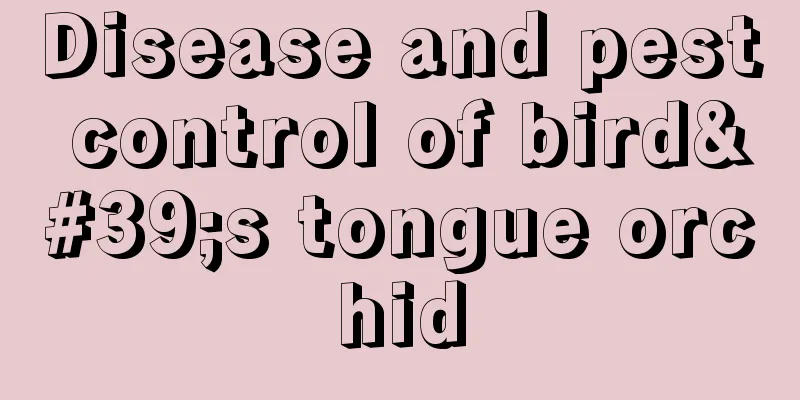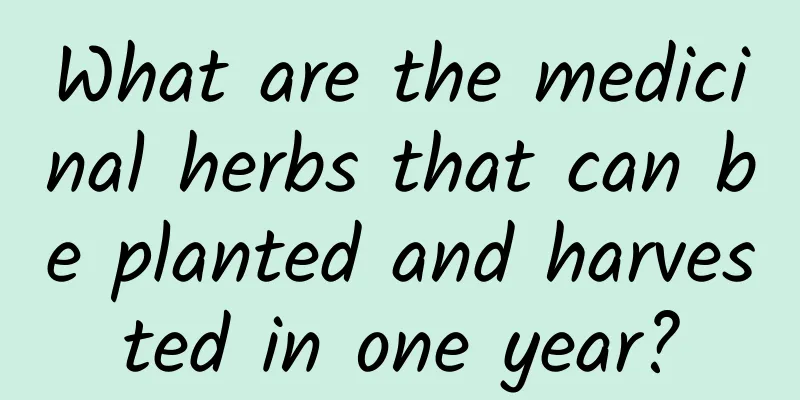Disease and pest control of bird's tongue orchid

1. Sclerotium rotThe name sounds familiar. Many plants are generally more susceptible to this disease. First of all, when it first appears, a lot of white silk will appear on the base of the leaves. It doesn't look like there is much harm, but in fact it has quietly invaded its roots and caused great damage to the roots. It often appears during periods of mildew and rain. Prevention method: It is not difficult to eliminate this disease. First, we can replace the soil because there are too many residual toxins in it, and then sprinkle some lime powder to disinfect it. If you want to completely cure it, it is best to pay attention to environmental adjustment, keep ventilation at ordinary times, the flower soil should not be too moist, and the drainage should be better. If there are some seriously infested plants, do not allow them to remain and just burn them to death. 2. AnthraxThis is the most troublesome disease of the bird's tongue orchid, because it basically surrounds the plant all year round and can occur at any time. It is especially rampant during hot and humid periods. The disease will first start from the leaves and then slowly extend to its roots. The color is initially brown. As it continues to expand, countless small black spots will appear. In severe cases, the plant can die directly. So the disease is very serious. Prevention and control methods: Most of the diseases suffered by all plants are caused by the environment, so we can improve the environment accordingly to achieve the most basic prevention and control, and then use some medicines for appropriate spraying. This combination will achieve better prevention and control effects. 3. Scale insectsThis insect is also called "orchid louse" in some places. When we hear the word louse, we will think of this kind of insect that often appears on some animals in daily life. Our hair will stand on end when we see it, because it is really scary and reproduces very quickly. The same is true for scale insects, especially when the temperature is high and the air circulation is poor, the reproduction rate will be much faster than usual. The plants were seriously damaged. Prevention and control methods: Similarly, use some pesticides to eliminate them. If the number is small, picking them off by hand can also achieve the prevention and control effect. |
<<: Disease and Pest Control of Rhododendron waxleaf
>>: Disease and Pest Control of Chrysanthemum
Recommend
Can baby's breath be planted in sand?
Can baby's breath be planted in sand? Gypsoph...
What diseases and insects are Impatiens prone to?
1. What diseases are Impatiens prone to? 1. Powde...
When and how to plant beans
Bean planting time Green beans are generally plan...
How to grow money tree
How to grow money tree Money tree originally grow...
Where does Populus euphratica grow? ...
Where do poplars like to grow? Populus euphratica...
A comprehensive list of plants suitable for hydroponics in winter
Conditions that need to be met for water-grown pl...
Do roses prefer shade or sun?
1. Do you prefer shade or sun? It is a sun-loving...
Sunflower cutting method and time
The sunflower, also known as barbata or pine leaf...
Which month is the best to plant watermelons?
Watermelon is a very popular summer fruit. Althou...
The two most auspicious shapes of lucky bamboo can be made in 5 minutes, simple and saves money!
How to weave lucky bamboo into a bamboo cage? 8 s...
How long is the growth period of Tremella fuciformis?
Introduction to Tremella Growth Wild Tremella has...
Can melon seed husks be used as fertilizer?
Can melon seed husks be used as fertilizer? Melon...
How to save seeds of Impatiens
How to get Impatiens seeds Impatiens, also known ...
Which month is the best for rose grafting (the best season for rose grafting tree roses)
What is the best season for rose grafting? Rose g...
Does the bird of paradise prefer shade or sun?
Does the bird of paradise prefer shade or sun? Bi...









